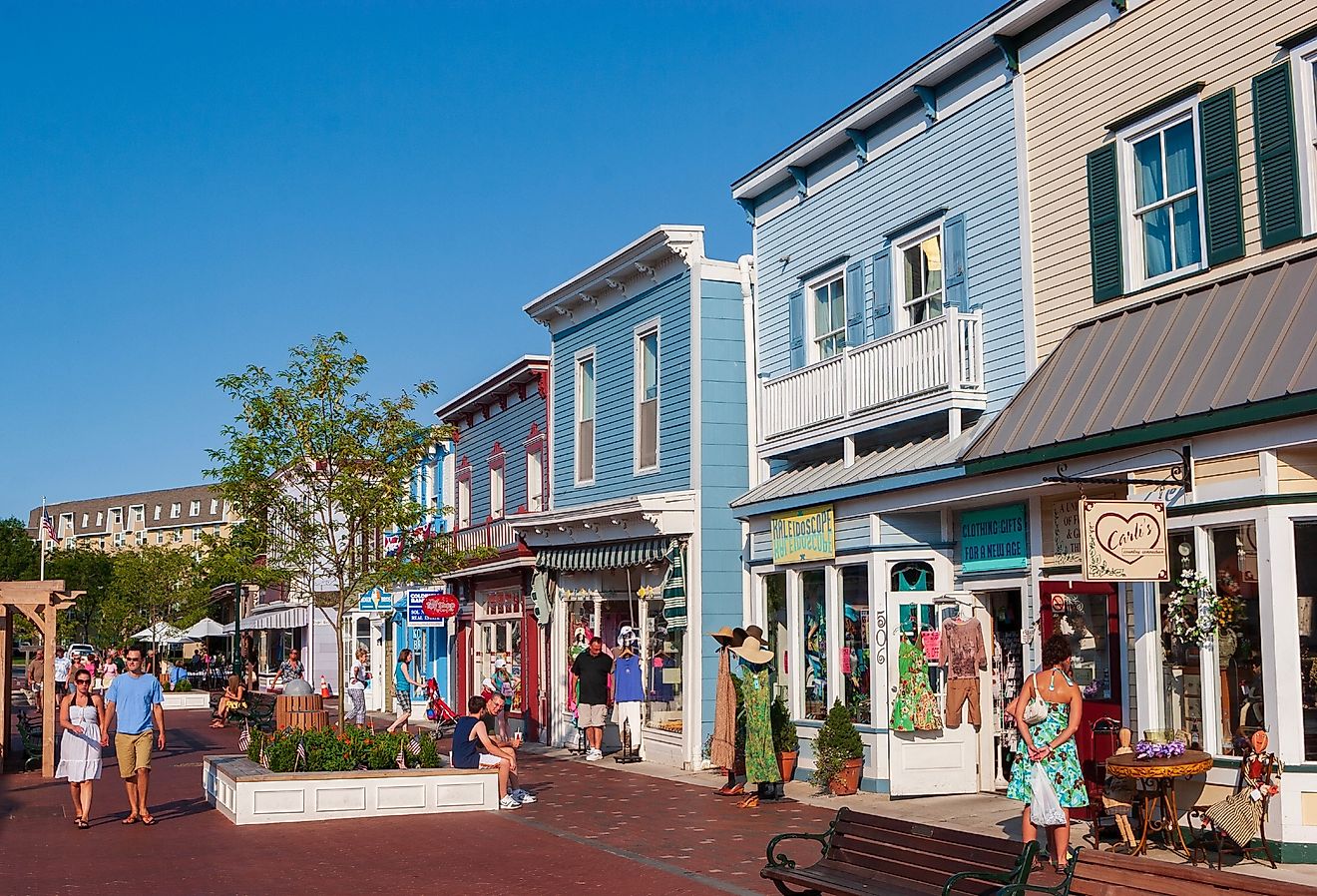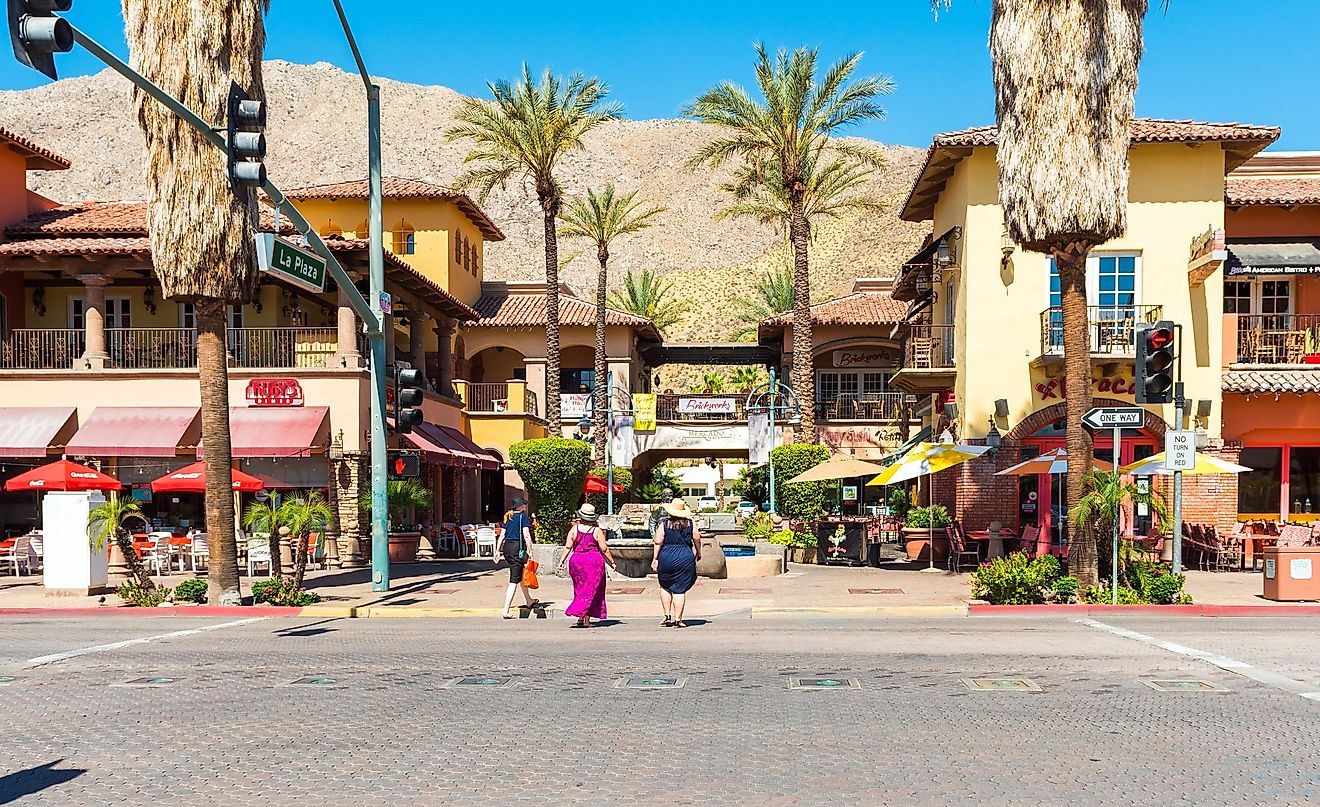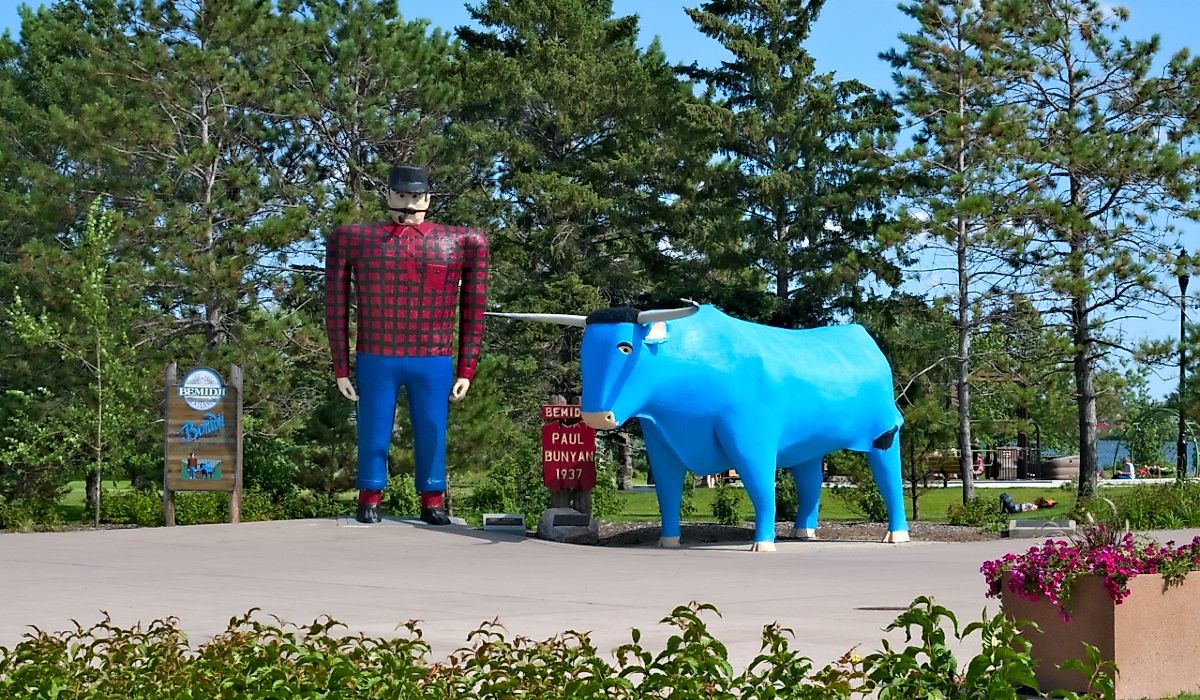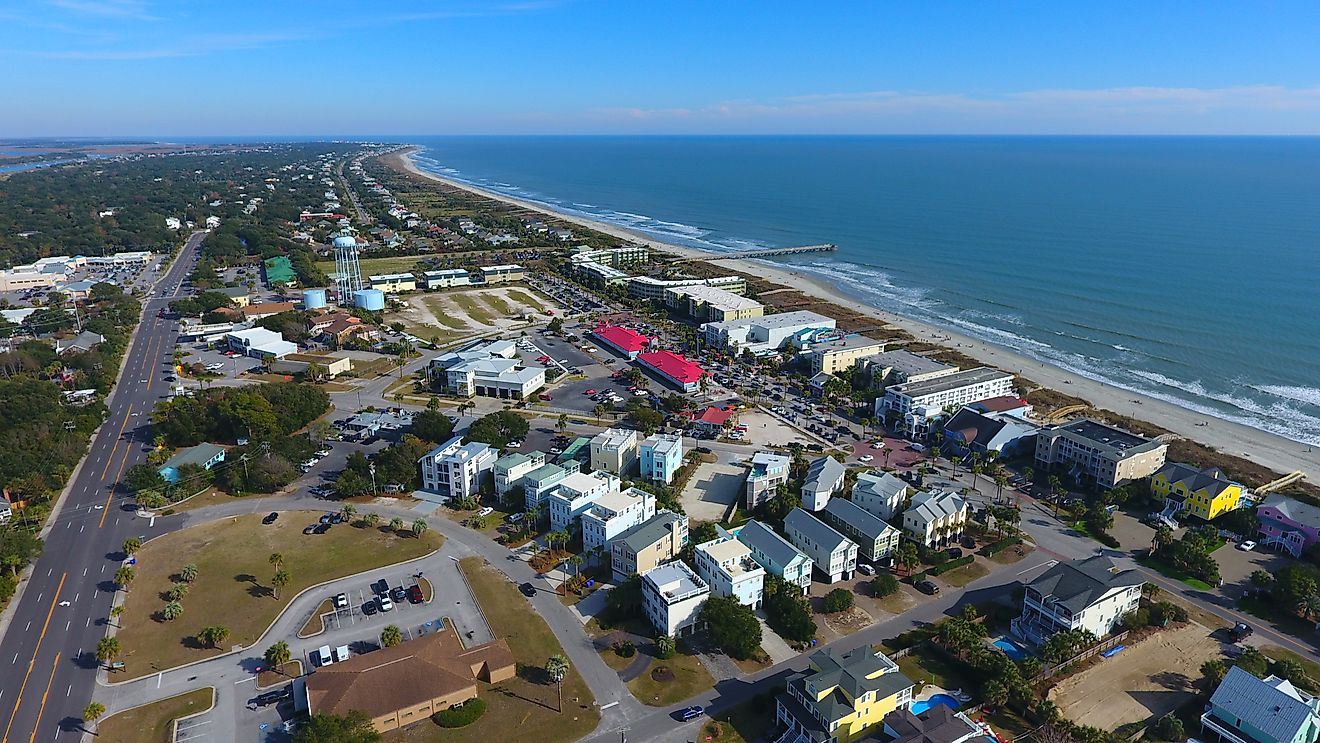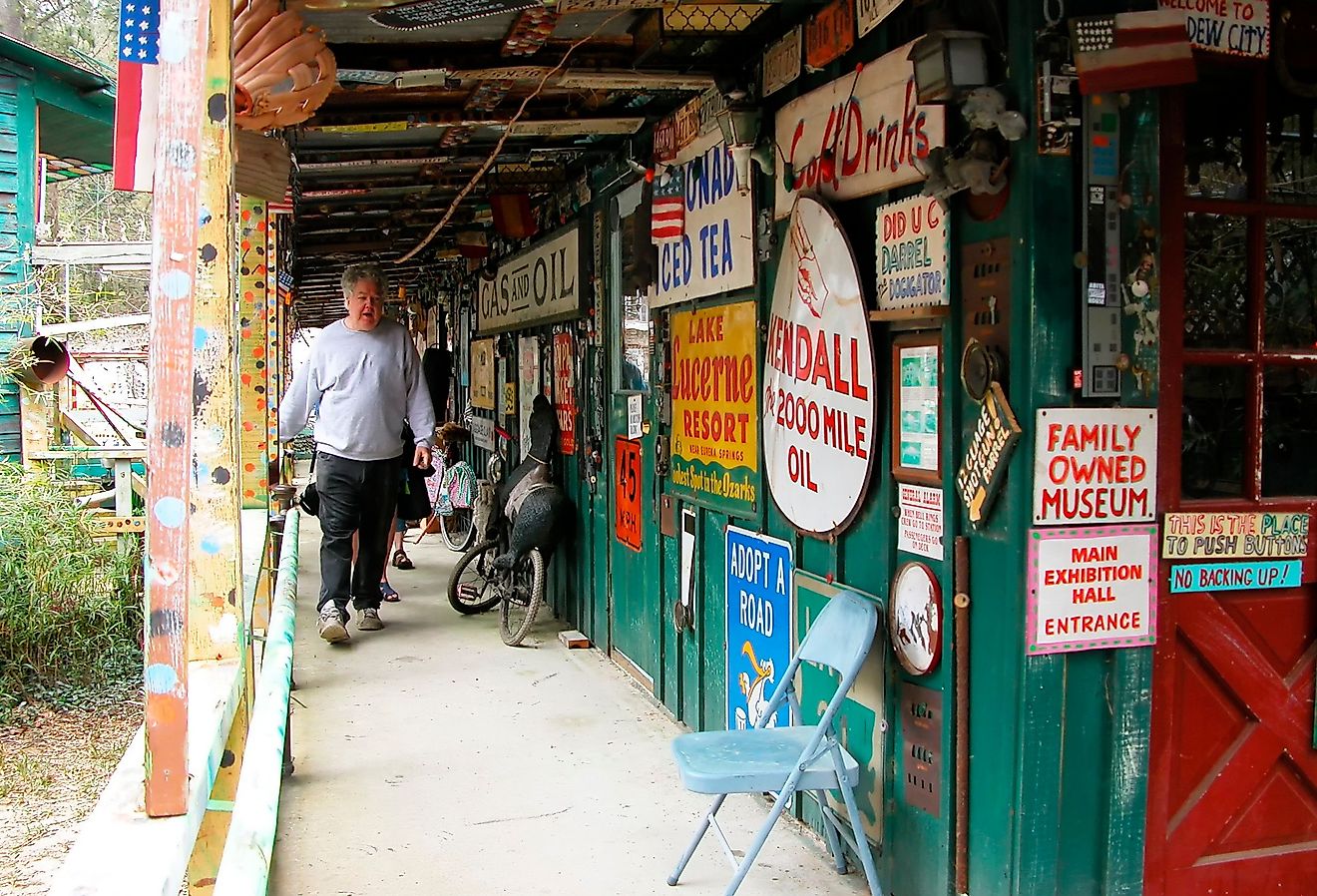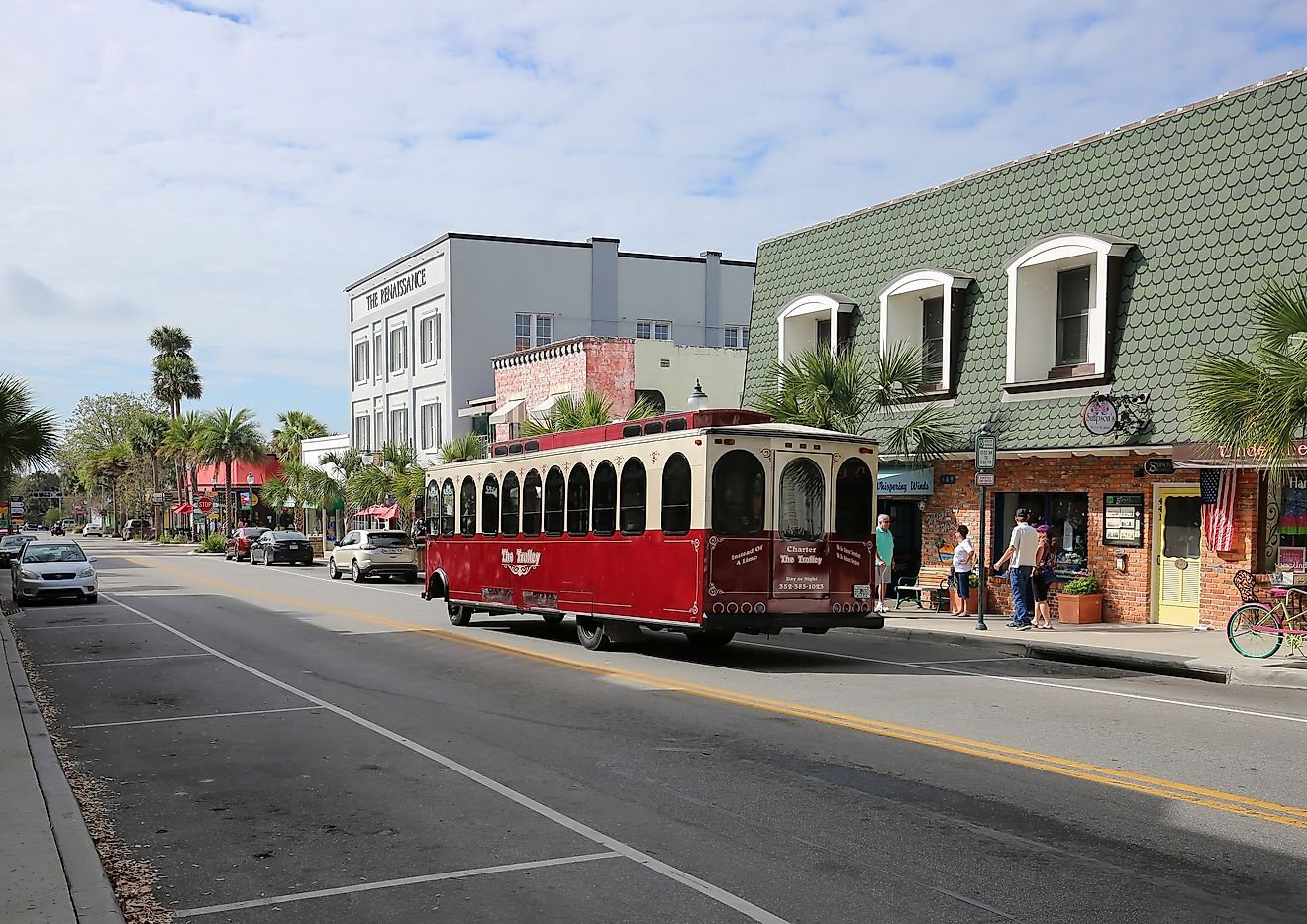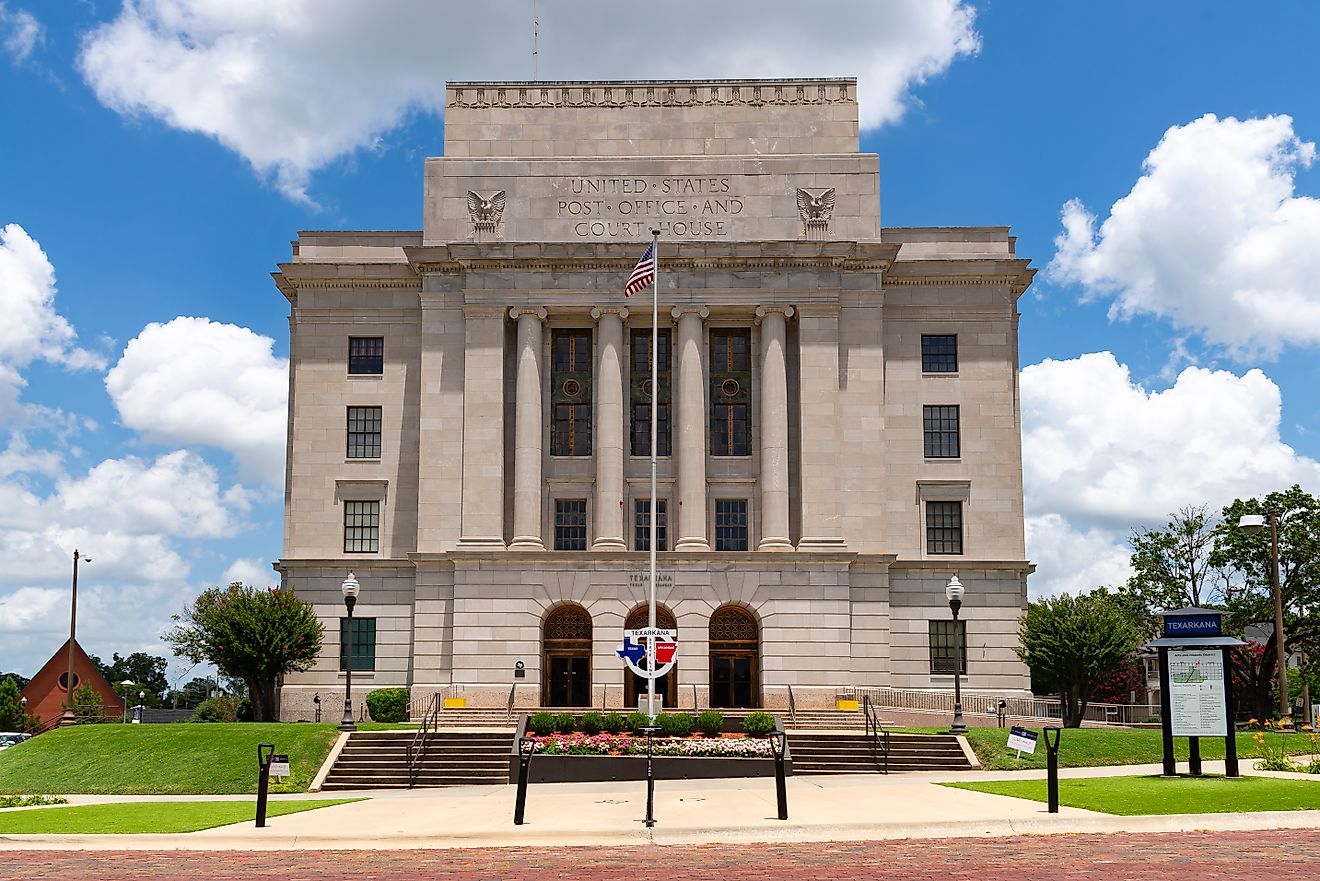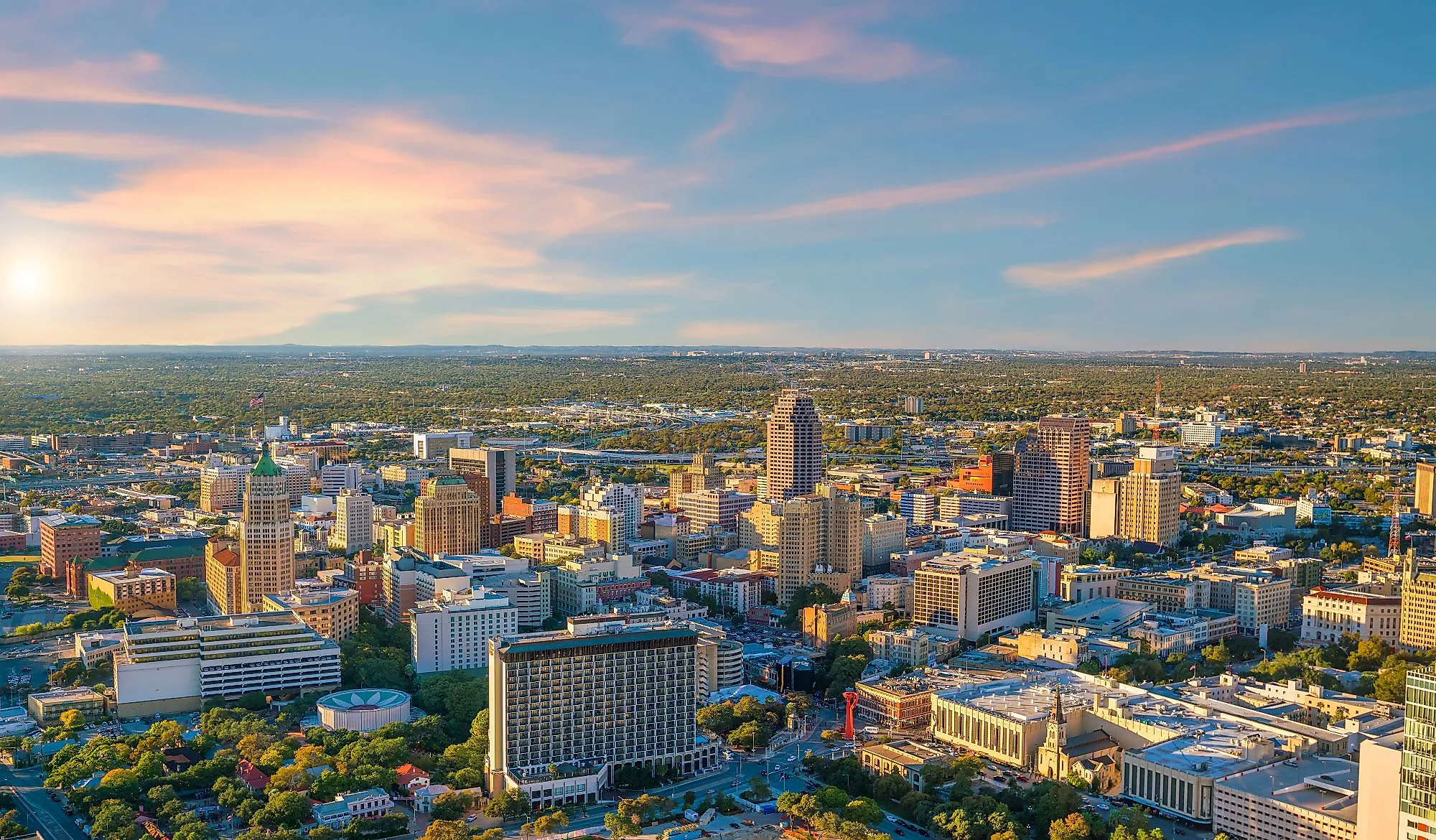
San Antonio, Texas
San Antonio is a big city situated in the US State of Texas. It is the country's seventh-most populous, the state's second-most populous, and the Southern United States' second-largest city. Initially established as a Spanish Mission and a colonial outpost, San Antonio is the state's first chartered civil settlement. Over 32 million tourists flock to the city each year to explore its numerous popular attractions. The city's vibrant culture also provides a genuine view of the early Southwest Spanish colonial life.
Geography Of San Antonio

The county seat of Bexar County, San Antonio is placed on the Balcones Escarpment at about 198 m above sea level. The city is situated approximately 121 km southwest of Austin, 310 km west of Houston, and 400 km south of the Dallas-Fort Worth metroplex. San Antonio covers a total area of 1,307.00 sq. km, of which 1,292.02 sq. km is occupied by land, and 14.98 sq. km is covered by water. The gently rolling terrain of San Antonio is lined by forested land, oak-cedar woodlands, mesquite, cacti, and chaparral bush. The Edwards Aquifer serves as the city’s main source of drinking water.
San Antonio is further divided into six neighborhoods. These include Downtown, North Central, Northwest Side, South Side, East Side, and West Side. Home to many of the city’s well-known attractions and businesses, the Downtown serves as the city and the metro area’s urban core. North Central supports several upscale neighborhoods such as Castle Hills, Stone Oak, Rogers Ranch, Hollywood Park, etc. Northwest Side houses educational institutions such as the University of Texas at San Antonio, the University of Texas Health Science Center, etc. The South Side is mainly known for its predominant Latino and Hispanic neighborhoods.
Climate Of San Antonio
A transitional humid subtropical climate prevails in San Antonio. Summers in the city are hot and humid, while winters are brief and cool. Throughout the year, the temperature normally ranges from 43°F to 96°F, with temperatures seldom falling below 31°F or rising over 101°F. The ideal months to visit San Antonio for hot-weather activities, according to the tourism scores, is from mid-May to late September.
History Of San Antonio
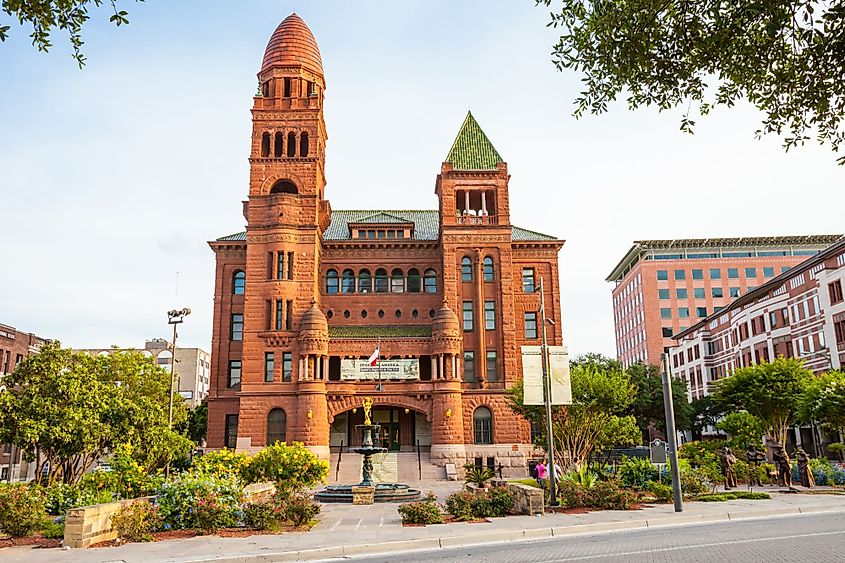
In 1691, Spanish explorers visited the area, which was then a Payaya Indian camp. The Mission San Antonio de Valero was formed in May 1718 by a Spanish expedition from Mexico. The Alamo (Spanish for "Cottonwood") mission was one of five established in the region and was named after St. Anthony of Padua. San Antonio de Béxar, a military post, was also constructed nearby. The location, on the west side of the river, served as a rest area for travelers traveling between missions in East Texas and the missions on the Rio Grande. San Fernando de Béxar, where a civilian city had been envisioned when the presidio and mission were created, was built in 1731 by Canary Islanders. The colony was invaded by Apache and Comanche tribes during its early years. The mission was disestablished and turned into a military garrison in 1793.
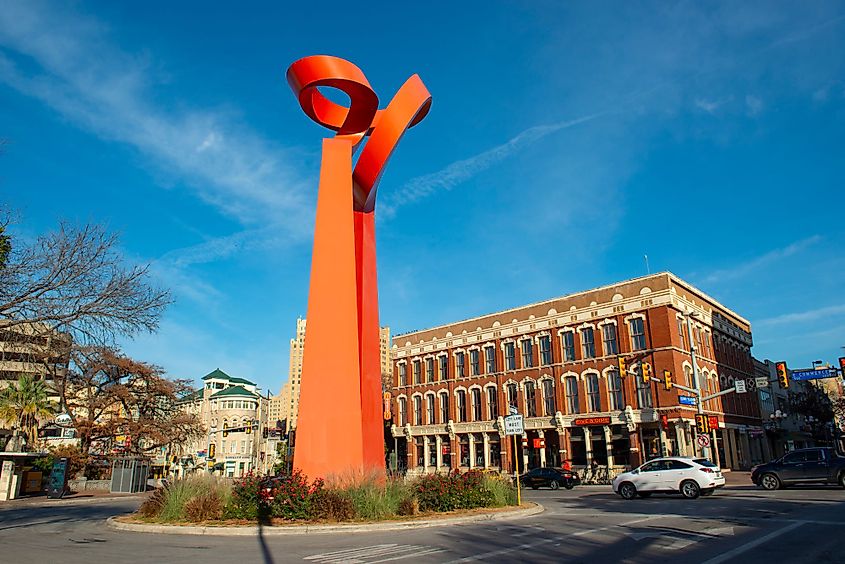
From 1773 until 1824, San Fernando de Béxar served as the provincial capital, but its political status declined in the years that followed. It had been renamed San Antonio in 1837 when it was made the county capital of the Republic of Texas. After the Mexican Revolution in 1910, immigrants from Mexico moved there when the first railroad was established in 1877, bringing people from South America. Its economy was heavily influenced by San Antonio's role as a key military hub during World Wars I and II. To mark the city's 250th anniversary and promote its cultural links with Latin America, a fair known as HemisFair was staged there in 1968. The first Hispanic mayor of the city since the middle of the 19th century was Henry Cisneros, who was elected in 1981 and stayed in office until 1989. Ed Garza was appointed as the city's second modern-era Hispanic mayor in 2001 and served until 2005.
Population And Economy Of San Antonio
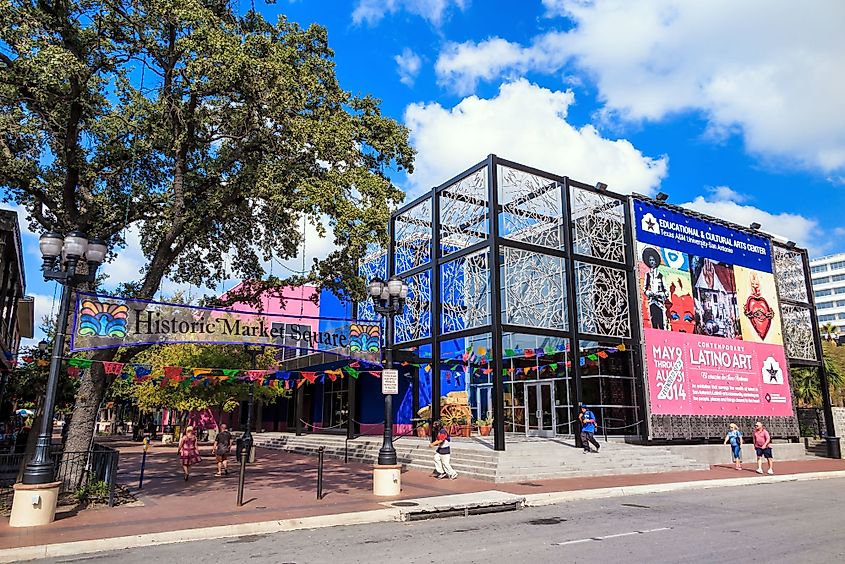
As per the latest US Census, San Antonio has a population of 1,434,625 inhabitants. The top ethnic groups in the city include Hispanic or Latino at 63.9%, White (Non-Hispanic) at 23.4%, Black at 6.5%, Asian at 3.2%, Indigenous at 1.2%, and mixed races at 2.3%. With 63.9% of the city's population being Hispanic, San Antonio is the country's largest majority-Hispanic city. San Antonio also forms the heart of San Antonio-New Braunfels Metropolitan Statistical Area, which is the state's third-largest and the country's 24th-largest metropolitan area.
San Antonio has a median household income of $53,420 and a median property value of $717,199. The economy of the city mostly focuses on military, health care, oil, gas, and tourism. Every year, more than 32 million people visit the city and its attractions, directly benefiting its economy. It has been estimated that tourism supported over 130,000 employment and had a $13.6 billion economic impact on the local economy, as per an information gathered in 2017.
Attractions In San Antonio
River Walk
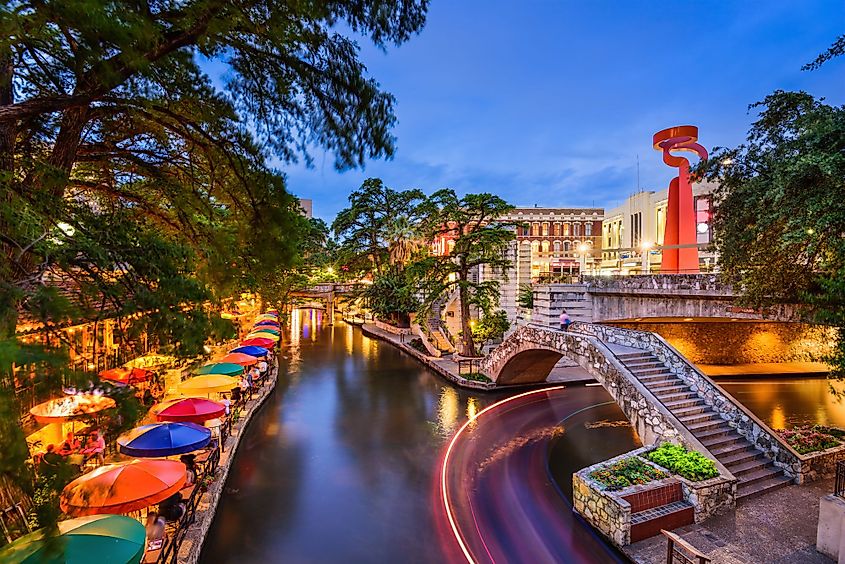
The San Antonio River flows through the heart of the city, and the River Walk, where restaurants and stone pathways are located, is its focal point. This lovely spot, which is below street level, has lovely bridges, and lots of shade provided by big trees that tower over the river bank. Most visitors visit for a walk or to dine on one of the outside restaurants. A guided tour or dinner cruise on a barge is one of the most pleasant ways to enjoy the River Walk.
The Alamo

If you are in San Antonio, you must see the Alamo, one of the most significant historical landmarks in the country. The Franciscans erected the Alamo's church in 1744 as part of the mission station established there in 1718. One of the most famous fights in American history, the Battle of the Alamo, took place in 1836 when a modest force defended the Alamo against a 3,000-strong Mexican army. All defenders were slaughtered in a combat that some say lasted about 20 minutes, including eminent personalities Davy Crockett and James Bowie. "Remember the Alamo!" became a battle cry as the Alamo quickly became the birthplace of Texan freedom.
San Antonio Missions National Historical Park
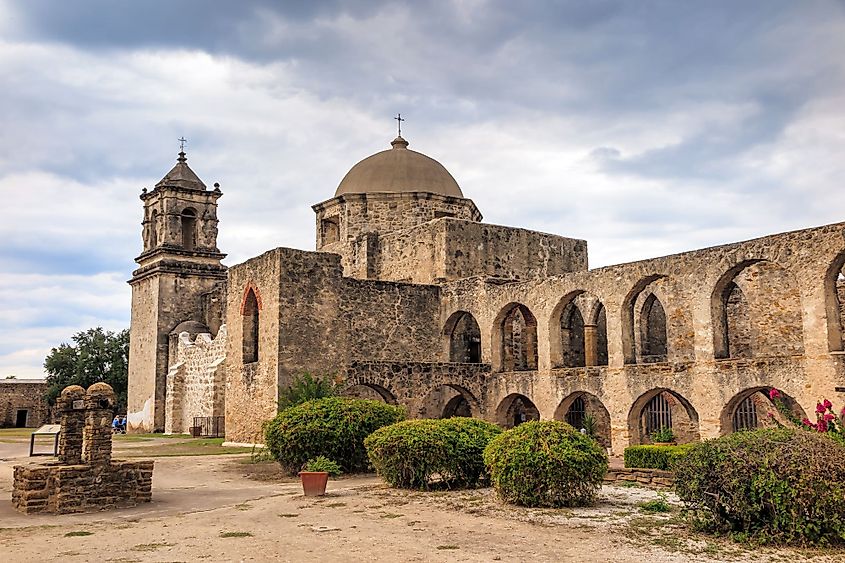
The San Antonio Missions received the distinction for the first time in the state of Texas in 2015 when they were listed as a UNESCO World Heritage Site. The Franciscan Order developed the five missions, including the well-known Alamo, in the early 1700s as part of Spain's colonization and evangelization efforts in the area. Most visitors drive between the missions, but if they want to mix some outdoor exercise with their sightseeing, they should attempt biking. They may cycle from the Alamo in downtown San Antonio to the other four missions in an eight-mile one-way trip or a 16-mile return journey with a full day and the city's bike-sharing program.
San Fernando Cathedral
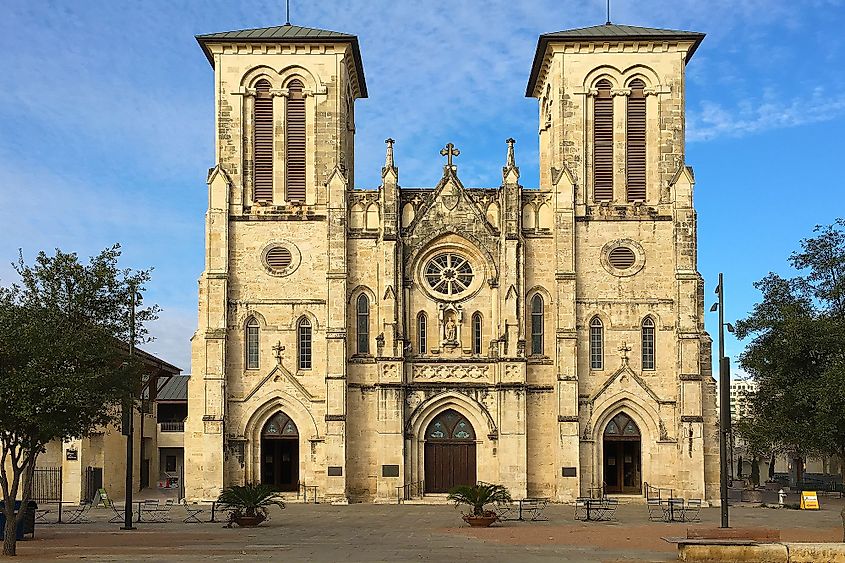
One of the country's oldest churches, the Roman Catholic San Fernando Cathedral is well-known for being the final resting place of the Alamo heroes. The sanctuary of the cathedral is formed by the walls of the ancient church, which was finished in 1750 by settlers from the Canary Islands. One of San Antonio's top destinations to visit at night is the cathedral, which is located on Main Plaza. At night, it transforms into the setting for one of San Antonio's greatest visually appealing attractions, San Antonio (The Saga). A 24-minute film with coordinated music and narrative is displayed on the side of San Fernando Cathedral and is available every Tuesday, Friday, Saturday, and Sunday evening for free.
Natural Bridge Caverns

Natural Bridge Caverns, Texas' largest commercial caves, is less than 30 minutes from San Antonio. These magnificent caverns are famed for their vast open spaces, yet they also feature small tunnels and intriguing formations. There are two cave trips offered, each lasting around 70 minutes. However, there are more activities available there besides just exploring the caverns. For an even greater rush, consider the Canopy Challenge, a course that includes ziplines and platforms suspended 60 feet above the ground. A gem and fossil mining adventure above ground in the caves lets youngsters and adults watch how miners sort for gold and locate and identify their own jewels in mining rough.
The best of Texas can be found in San Antonio, which is a one-stop destination. It features a flourishing restaurant scene, a lively downtown with boutiques, cafés, and restaurants, and grand architectural landmarks from its Spanish colonial heritage.



